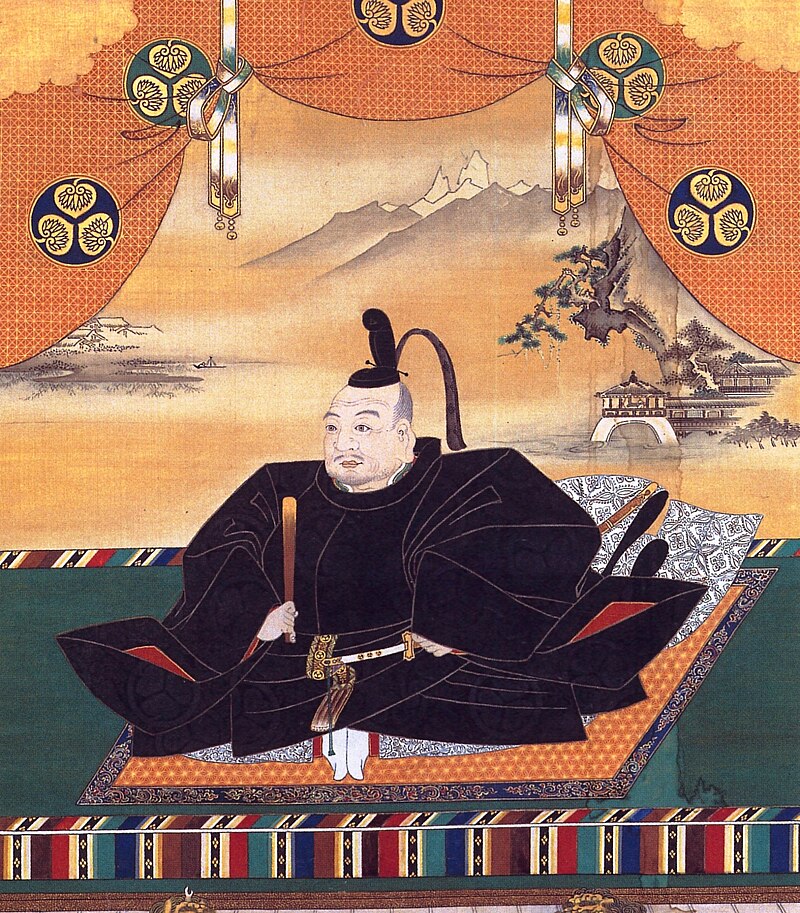"Shogun: Generalerna som ledde Japan" is a recent Swedish book by Ingemar Ottosson, giving a popularized introduction to Japanese history through the lens of the shogunate. The 1980 TV series "Shogun" (featuring Toshiru Mifune and Richard Chamberlain) was watched by almost everyone in my generation, and apparently there is now a remake. I think it´s obvious that the publisher wanted to piggyback on the successes of these TV productions. If it will work may be another matter. The history of "feudal" Japan during the Middle Ages and the Early Modern Period is *very* complicated. The reader of this book will have to be extremely patient sorting out all the factions, abdicated emperors, military battles, turn-coats and what not.
Still, I did notice one or two things which stray from "received wisdom" concerning Japan. For instance, that the island country wasn´t really isolated during the Tokugawa shogunate. In reality, there was always a large-scale commerce, especially with China, but also some more limited contacts with the Western powers, notably the Netherlands. Ottosson starts off his story in 1651, when a Swede employed by the Dutch East Indies Company visited Japan. Nor was the Tokugawa shogunate extremely rural or conservative (although some ruling elites tried to keep it so). There were towns with "red light districts" and the typical urban-urbane-hedonistic lifestyle featuring everything from theatre to prostitution! Ottosson also argues that both the shogunate and the emperor´s party during the mid-19th century wanted modern reforms. The civil war between them was a conflict between two modernizing factions, each backed by a foreign Western power.
As already mentioned, the chapters on the period we would call the Middle Ages are extremely confusing. But sure, I did learn some interesting things. For instance, that the "real" Japanese fought wars against "barbarian" tribes (known as Emishi) of unclear ethnic provenance in the northern portion of Honshu. The Emishi or Ezo were able warriors on horse-back and it took centuries before they were subdued/assimilated. The title "shogun" was originally given to Japanese military commanders whose responsibility was to subdue the Emishi.
Inevitably, the sections on religion are the weakest. The author thinks "Amida" is the Japanese name for the Buddha (i.e. the historical person Siddharta Gautama), when it´s really a reference to Amitabha Buddha, a purely mythological character. The famous statue known as the Great Buddha of Kamakura actually shows Amitabha/Amida. "Buddha" is a title or appellation, not a personal name!
Yeah, I know, we are in "well, akshually" territory, but I frankly couldn´t help myself.
And yes, the book also discusses the real history behind the TV series...

The 2024 Shogun 10 episode series was well worth watching. Quite different than the Richard Chamberland version. Trailers on you tube Rotten Tomatoes account
ReplyDeletehttps://www.youtube.com/watch?v=C_X4hocr1y8